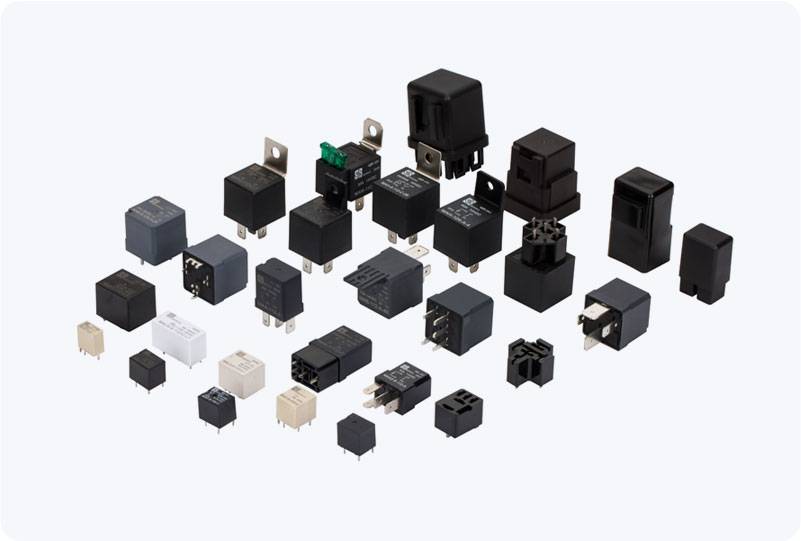understanding the so 280 relay socket: a vital component in industrial automation
Release time:2025-11-08 03:17:13
The SO 280 relay socket is an essential component in the field of industrial control and automation. Designed to connect relays to electrical circuits and devices, this socket plays a crucial role in ensuring the reliability, convenience, and flexibility of control systems. As automation becomes more prevalent in industries ranging from manufacturing to power distribution, the demand for robust and efficient relay connections has never been higher. In this article, we will explore the features, applications, and benefits of the SO 280 relay socket, along with its role in modern electrical systems.

What is an SO 280 Relay Socket?
The SO 280 relay socket is a standardized electrical connection interface that is primarily used to mount and connect relays to circuit boards or other equipment. The "SO" stands for "Socket," while "280" refers to the specific center-to-center distance between the pins or terminals, which is typically measured in millimeters. This standardization ensures compatibility with a wide range of relays, making the SO 280 socket a versatile choice for a variety of applications.
Relay sockets like the SO 280 are designed for easy integration into control systems, offering users a hassle-free way to replace or upgrade relays without requiring complex rewiring. The socket allows for a secure, detachable connection between the relay and the circuit, making it possible to swap relays in case of failure or when a system upgrade is necessary.

